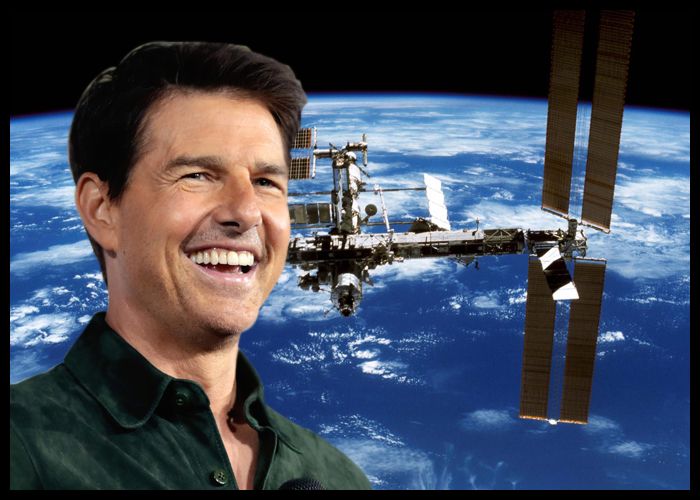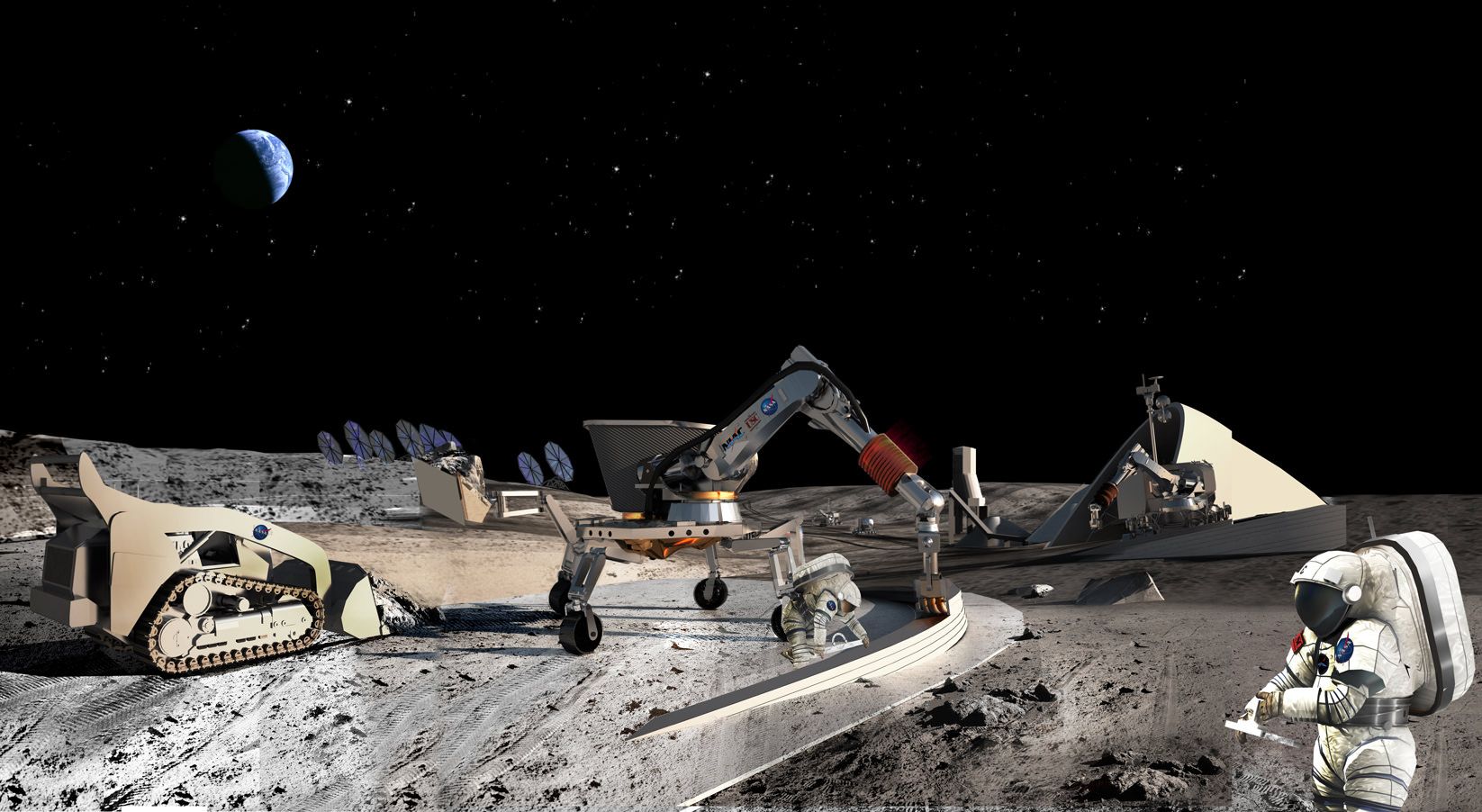Amazon/Blue Origin’s Jeff Bezos’ Day Trip to Space
Article by Jackie Wattles July 20, 2021 (cnn.com)
• On Tuesday July 20th, Jeff Bezos, the world’s richest man, along with three other passengers strapped into their New Shepard crew capsule (pictured above) atop a rocket at Bezos’ Blue Origin’s launch site in rural West Texas to blast off on an 11-minute, supersonic joy ride. The capsule traveled 65 miles above the desert landscape, topping out at an altitude of 351,210 feet. At the peak of the flight path, the passengers were weightless for about three minutes and were allowed to unstrap themselves from their seat to float around and soak in panoramic views of the Earth and the cosmos. This flight marked the first-ever crewed mission for Blue Origin’s New Shepard suborbital space tourism vehicle, upon which the company plans to take wealthy thrill seekers on high-flying journeys in the future.
• Riding alongside the multi-billionaire were Bezos’ brother, Mark Bezos; Wally Funk, an 82-year-old pilot and one of the “Mercury 13” women who trained to go to space in the 20th century but never got to fly; and an 18-year old recent high school graduate named Oliver Daemen who was Blue Origin’s first paying customer and whose father purchased his ticket. Funk and Daemen became the oldest and youngest people, respectively, ever to travel to space.
• Bezos founded Blue Origin in 2000, six years after he started Amazon, with the goal of making spaceflight more affordable and more accessible. A few of his rivals in the industry — most notably Elon Musk and Richard Branson — both started their space ventures around the same time. While the suborbital New Shepard vehicle is the first fully operational piece of space hardware the company has developed, Bezos plans to build spinning orbital space stations where people can live and work. The company is also working on a much larger rocket, called New Glenn, and a lunar lander that it hopes will be used to support NASA missions.
• Thus far, the reservations for a trip to space have been offered solely to participants in an auction that Blue Origin concluded last month. The auction’s winner was a mystery bidder who agreed to pay $28 million for a ticket. He or she was expected to be on Tuesday’s spaceflight, but the high-priced traveler had to reschedule due to ‘scheduling conflicts’. Blue Origin is planning to conduct two more New Shepard tourist passenger flights this year.
• Bezos has not indicated what Blue Origin will charge space tourists or what the Dutch 18-year-old Daemen’s father paid for his ticket. The company said that the auction did give a strong indication that there are plenty of people anxious to go: 7,600 people from 159 countries registered to participate in the bidding war. These early suborbital space tourism flights will be prohibitively expensive to the vast majority of people, and that’s not expected to change anytime soon.
• “Blue Origin was founded by Jeff Bezos with the vision of enabling a future where millions of people are living and working in space to benefit Earth,” the company said in a press release. “To preserve Earth, Blue Origin believes that humanity will need to expand, explore, find new energy and material resources, and move industries that stress Earth into space. Blue Origin is working on this today by developing partially and fully reusable launch vehicles that are safe, low cost, and serve the needs of all civil, commercial, and defense customers.”
• An online petition garnered more than 162,000 signatures asking for Bezos never to return to Earth. Bezos, who is worth about $200 billion, has funded the company almost solely out of his own pocket. Repeated promises of benevolence and benefit to a ravaged Earth has critics concerned that the ultra-wealthy view outer space as their own personal escape hatch. “They are largely right,” Bezos told CNN’s Rachel Crane of critics who say billionaires should focus their energy — and money — on issues closer to home. “We have to do both. We have lots of problems here and now on Earth and we need to work on those, and we always need to look to the future. We’ve always done that as a species, as a civilization.” But regarding his sojourn to space on Tuesday, Bezos declared it “the best day ever”.

Jeff Bezos, the world’s richest man, went to space and back Tuesday morning on an

11-minute, supersonic joy ride aboard the rocket and capsule system developed by his space company, Blue Origin.
Riding alongside the multibillionaire were Bezos’ brother, Mark Bezos; Wally Funk, an 82-year-old pilot and one of the “Mercury 13” women who trained to go to space in the 20th century but never got to fly; and an 18-year old recent high school graduate named Oliver Daemen who was Blue Origin’s first paying customer and whose father, an investor, purchased his ticket.
 Funk and Daemen became the oldest and youngest people, respectively, ever to
Funk and Daemen became the oldest and youngest people, respectively, ever to travel to space. And this flight marked the first-ever crewed mission for Blue Origin’s New Shepard suborbital space tourism rocket, which the company plans to use to take wealthy thrill seekers on high-flying joy rides in the months and years to come.
travel to space. And this flight marked the first-ever crewed mission for Blue Origin’s New Shepard suborbital space tourism rocket, which the company plans to use to take wealthy thrill seekers on high-flying joy rides in the months and years to come.
The four passengers on Tuesday strapped into their New Shepard crew capsule at Blue Origin’s launch site in rural West Texas just before the rocket lit its engines at 8:12 am CT, sending the vehicle blaring past the speed of sound and up to more than 65 miles above the desert landscape, topping out at an altitude of 351,210 feet. At the peak of the flight path, the  passengers were weightless for about three minutes and were allowed to unstrap themselves from their seat to float around and soak in panoramic views of the Earth and the cosmos.
passengers were weightless for about three minutes and were allowed to unstrap themselves from their seat to float around and soak in panoramic views of the Earth and the cosmos.
The launch was visible to reporters on the ground, with the rocket streaking across the almost cloudless Texas sky with a blooming contrail. The bright blaze of the rocket engine looked almost like a star or planet as it rose into the sky. Bezos and crew could be heard on Blue Origin’s livestream cheering as they moved about the capsule during the microgravity portion of the flight.
“It’s dark up here, oh my word!” Funk could be heard saying.
Bezos declared it “the best day ever” on his communications check upon landing.
3:29 minute video of Blue Origin spaceflight and landing (‘CNBC Television’ YouTube)
FAIR USE NOTICE: This page contains copyrighted material the use of which has not been specifically authorized by the copyright owner. ExoNews.org distributes this material for the purpose of news reporting, educational research, comment and criticism, constituting Fair Use under 17 U.S.C § 107. Please contact the Editor at ExoNews with any copyright issue.
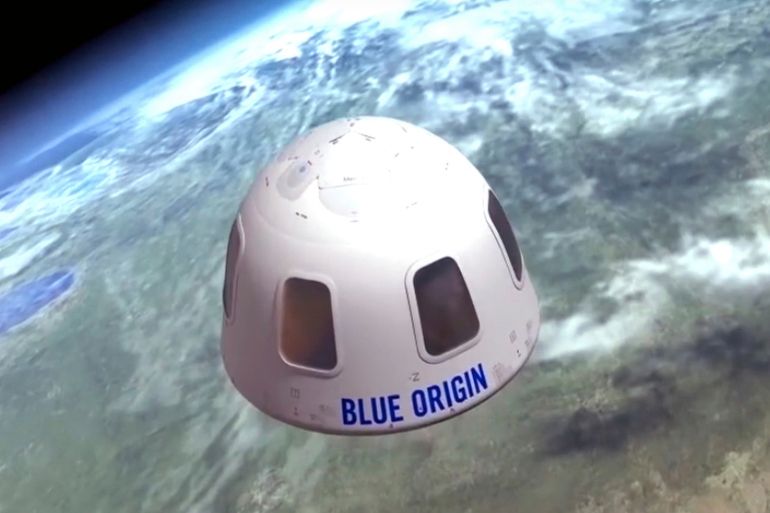

 The Office of the Director of National Intelligence has released its Preliminary
The Office of the Director of National Intelligence has released its Preliminary Assessment: Unidentified Aerial Phenomena report. The report analyzes 144 reports of UAPs, what the government calls UFOs, being sighted by military personnel between 2004 and 2021. Eighty of the reports referred to objects that were tracked by multiple sensors. Twenty-one of the reports describe 18 incidents in which the objects displayed unusual flight characteristics.
Assessment: Unidentified Aerial Phenomena report. The report analyzes 144 reports of UAPs, what the government calls UFOs, being sighted by military personnel between 2004 and 2021. Eighty of the reports referred to objects that were tracked by multiple sensors. Twenty-one of the reports describe 18 incidents in which the objects displayed unusual flight characteristics. These incidents have caught the attention of many UFO enthusiasts who wonder if
These incidents have caught the attention of many UFO enthusiasts who wonder if they describe alien spacecraft propelled by an advanced technology. Nevertheless, the report makes no conclusions. Among the possibilities include airborne clutter such as balloons, other aircraft, or birds, atmospheric phenomena, United States government experimental aircraft, foreign government experimental aircraft (i.e. Russian or Chinese) or “other” (i.e. aliens.) The report suggests that further study is needed to identify what military pilots are seeing. It suggests that not one explanation exists for all of the UAPs or UFOs.
they describe alien spacecraft propelled by an advanced technology. Nevertheless, the report makes no conclusions. Among the possibilities include airborne clutter such as balloons, other aircraft, or birds, atmospheric phenomena, United States government experimental aircraft, foreign government experimental aircraft (i.e. Russian or Chinese) or “other” (i.e. aliens.) The report suggests that further study is needed to identify what military pilots are seeing. It suggests that not one explanation exists for all of the UAPs or UFOs. As the nine-page report stands, it seems to be a rather thin gruel. Some portions were left out, resulting in accusations of a coverup. On the other hand, accusations of government coverups of the real origins of UFOs have cropped up for decades.
As the nine-page report stands, it seems to be a rather thin gruel. Some portions were left out, resulting in accusations of a coverup. On the other hand, accusations of government coverups of the real origins of UFOs have cropped up for decades. The accusations have been part of popular culture, such as in the long-running TV series “The X-Files.”
The accusations have been part of popular culture, such as in the long-running TV series “The X-Files.”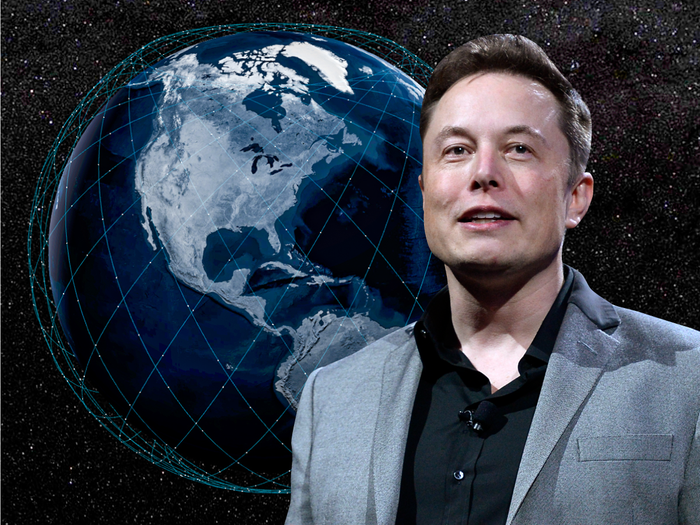
 In an attempt to provide high-speed internet connectivity services for rural areas and those
In an attempt to provide high-speed internet connectivity services for rural areas and those where fiber optic cables and cell towers are unable to reach, the American aerospace company SpaceX has gotten approval to deploy over 2000 Starlink satellites at a lower earth orbit, by the US Federal Communications Commission (FCC).
where fiber optic cables and cell towers are unable to reach, the American aerospace company SpaceX has gotten approval to deploy over 2000 Starlink satellites at a lower earth orbit, by the US Federal Communications Commission (FCC).




 What should the U.S. be doing?
What should the U.S. be doing?
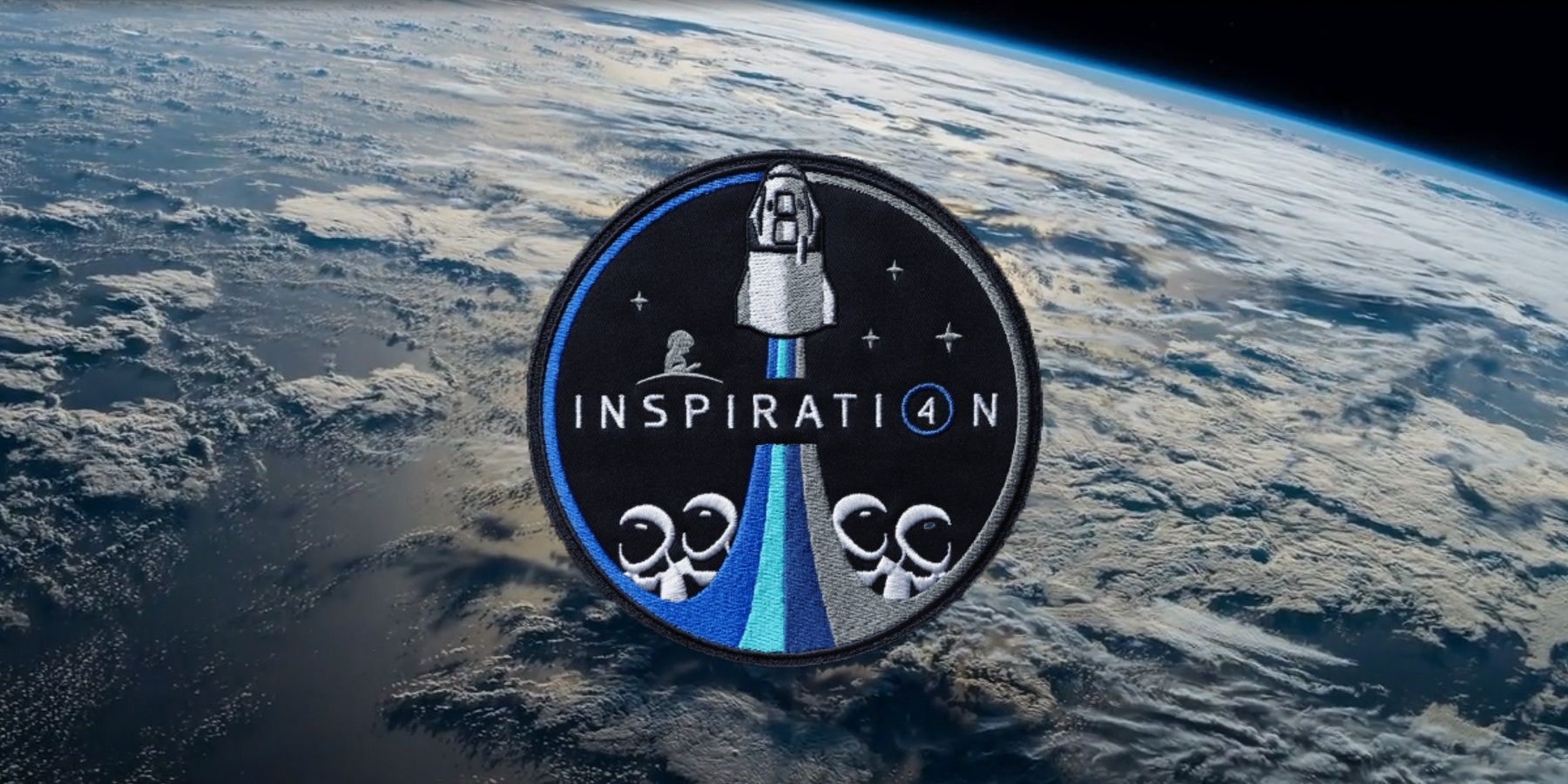









 The billionaire CEO of Tesla, Elon Musk, has previously stated on Twitter that he is an
The billionaire CEO of Tesla, Elon Musk, has previously stated on Twitter that he is an alien – but seems to have changed his mind on the subject.
alien – but seems to have changed his mind on the subject. the comments argue otherwise.
the comments argue otherwise. that most cameras ‘are only capturing 400-700 nanometers’ and are not capable of capturing ‘true reality.’
that most cameras ‘are only capturing 400-700 nanometers’ and are not capable of capturing ‘true reality.’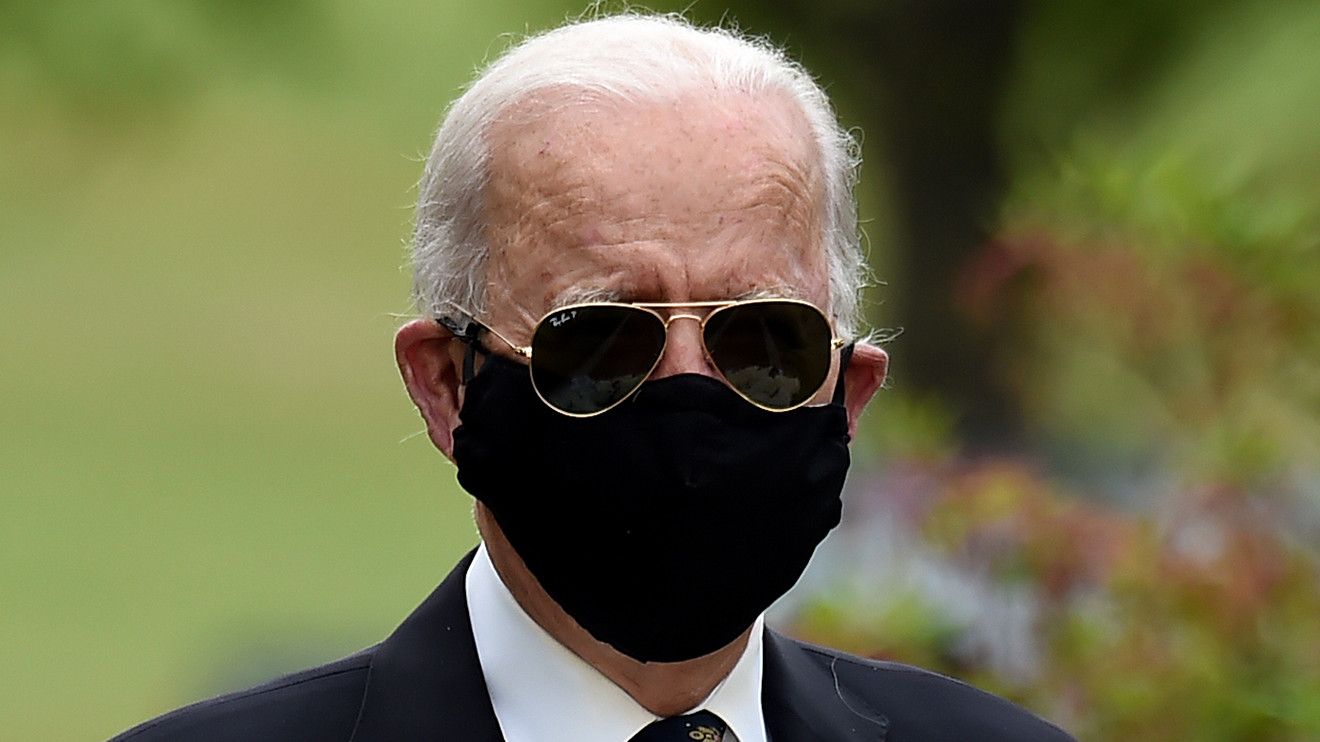


 The two recent events beg the question: do President Joe Biden and his senior advisers truly appreciate the gravity of the situation and the opportunities before us in the final frontier?
The two recent events beg the question: do President Joe Biden and his senior advisers truly appreciate the gravity of the situation and the opportunities before us in the final frontier?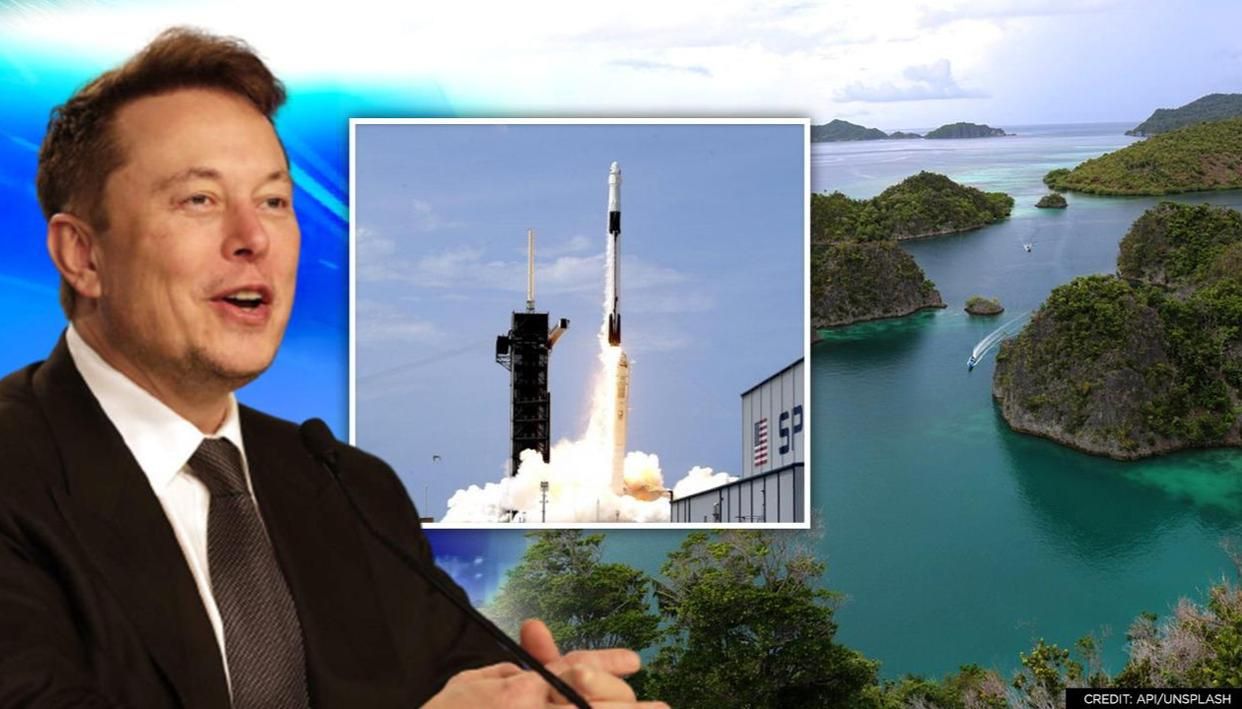



 deforestation in the region and increase the presence of the Indonesian military. According to the reports by The Business Insider, Indonesia’s coordinating minister for maritime and investment affairs said that Musk and the Indonesian president Joko Widodo had discussed the plans earlier in the month of December. Musk was planning to
deforestation in the region and increase the presence of the Indonesian military. According to the reports by The Business Insider, Indonesia’s coordinating minister for maritime and investment affairs said that Musk and the Indonesian president Joko Widodo had discussed the plans earlier in the month of December. Musk was planning to send a team to the island in
send a team to the island in
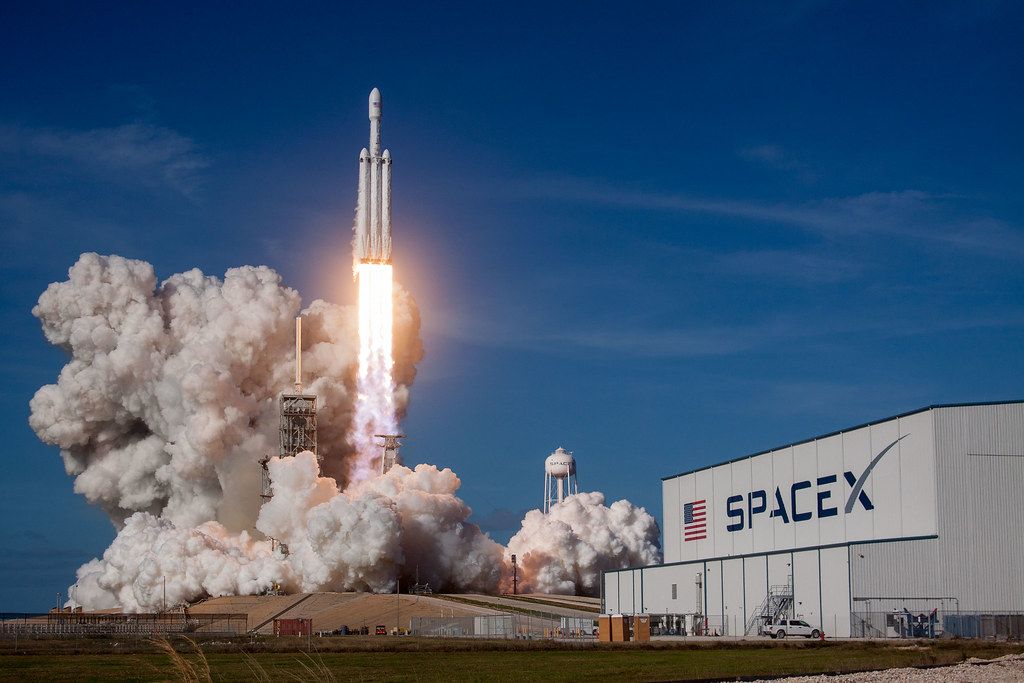


 major hardware that exists or will be built includes:
major hardware that exists or will be built includes:








 In 1969, humans first set foot on the Moon. With each step, the entire universe seemed to open up. Where would NASA and its
In 1969, humans first set foot on the Moon. With each step, the entire universe seemed to open up. Where would NASA and its


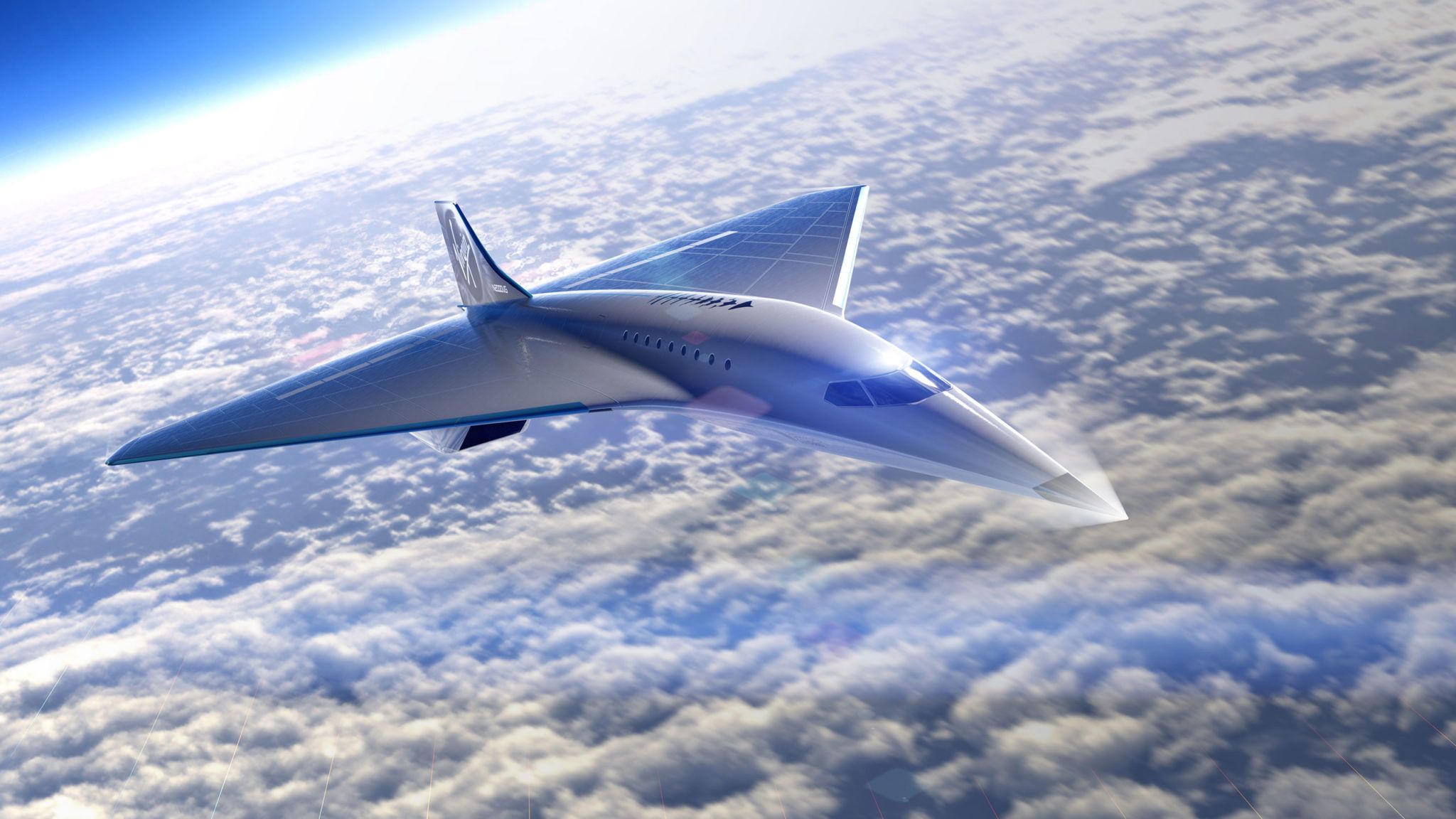







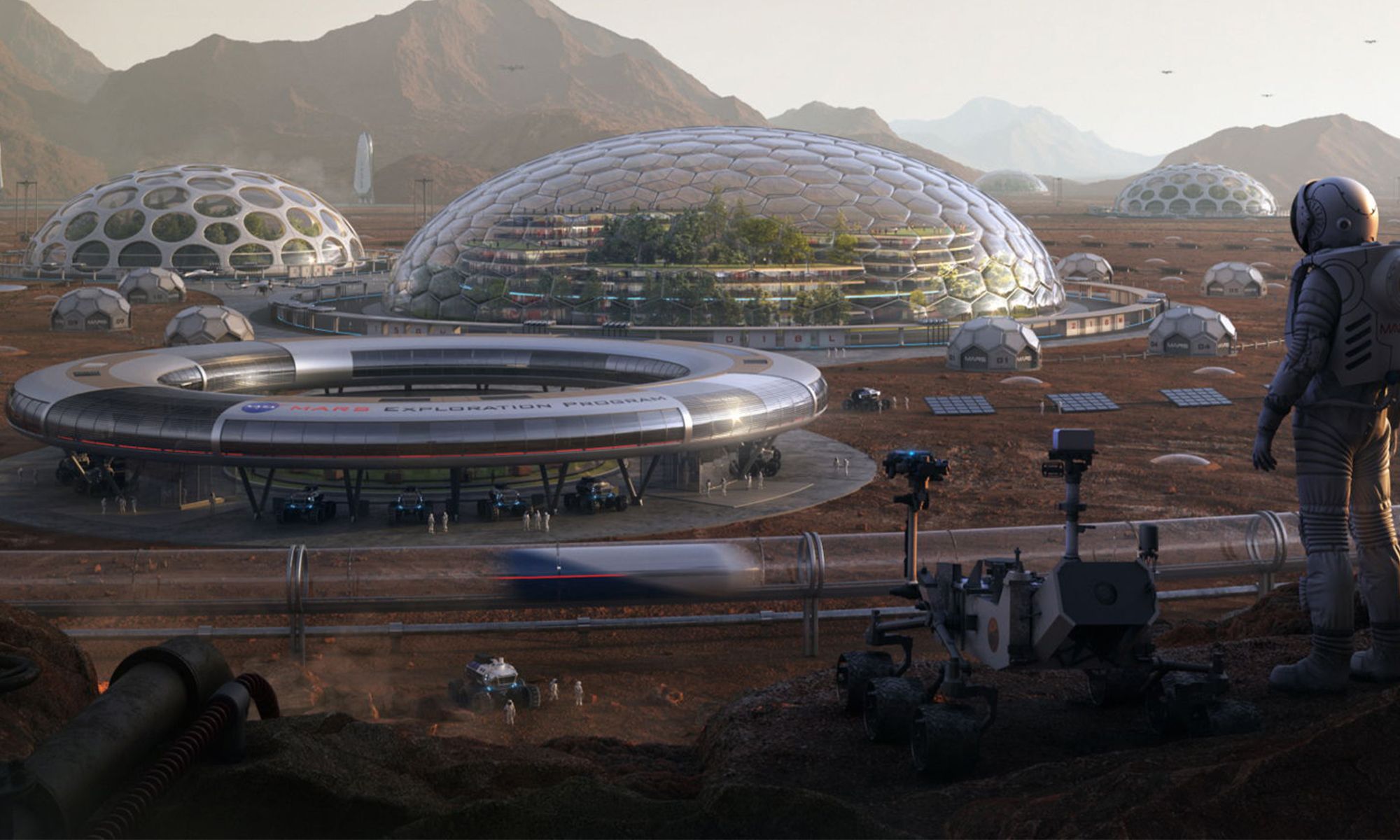
 The moment when the first human sets foot on Mars is becoming ever-closer. The 140 million mile
The moment when the first human sets foot on Mars is becoming ever-closer. The 140 million mile





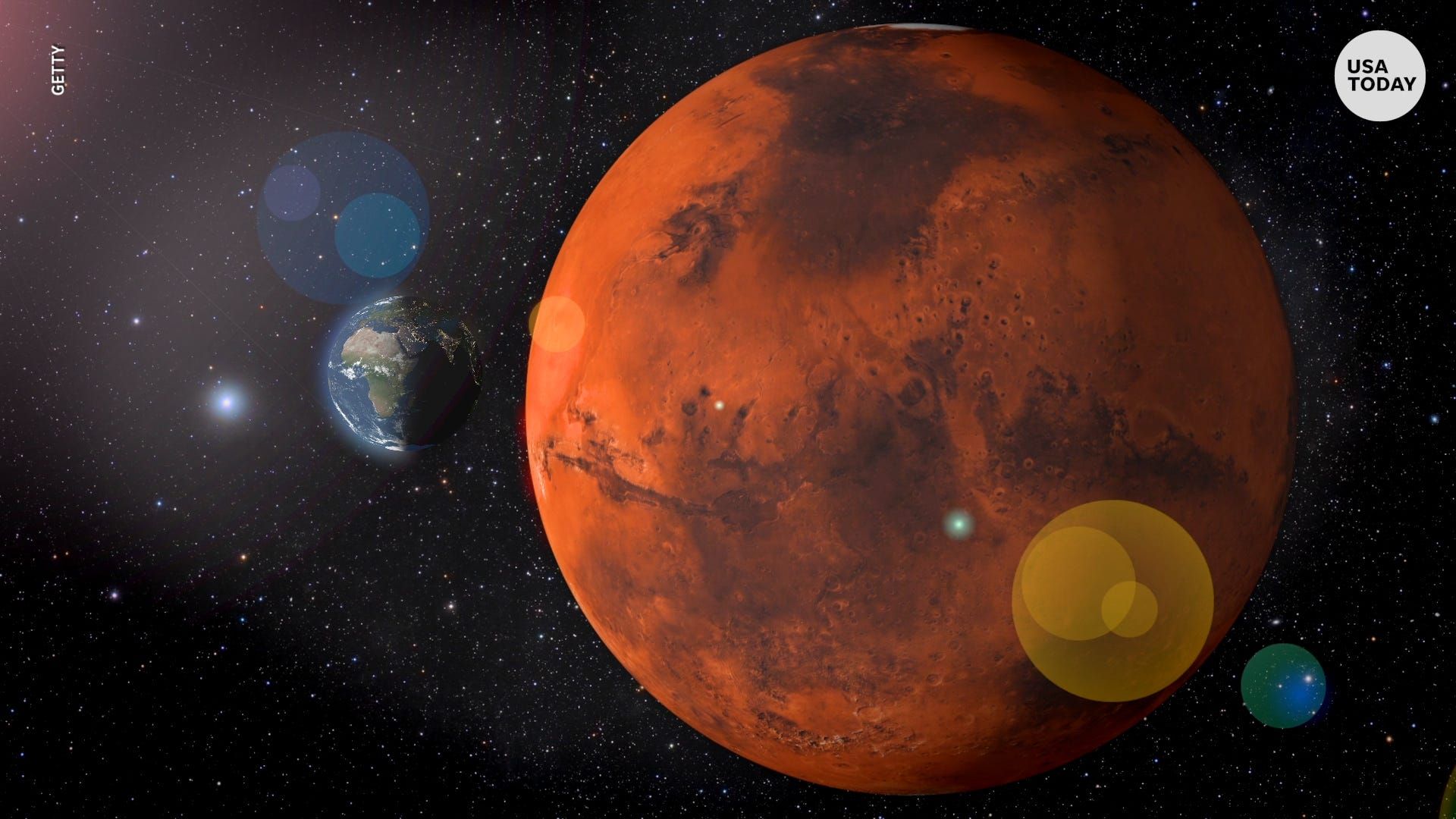

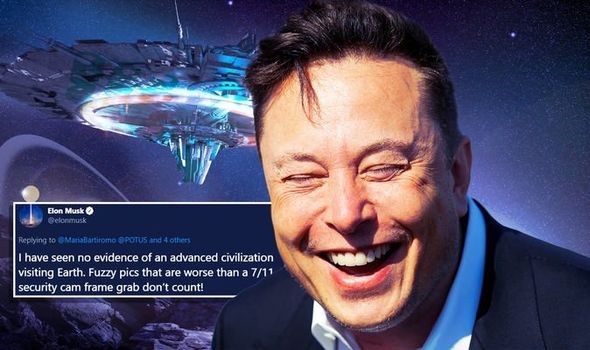


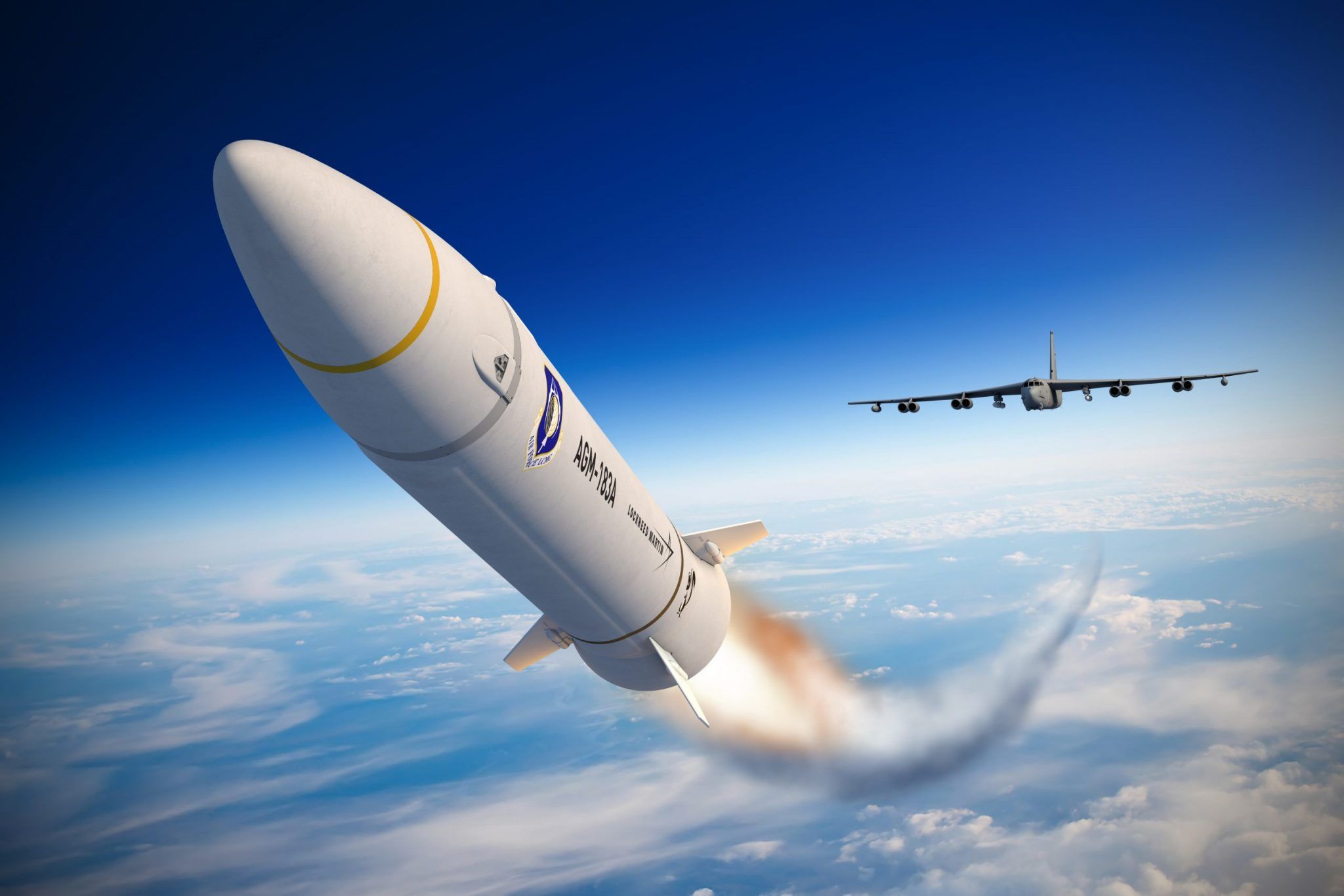


 with wide field of view (WFOV) overhead persistent infrared (OPIR) sensors. Those satellites will form the first layer of a planned surveillance network to track hypersonic missiles.
with wide field of view (WFOV) overhead persistent infrared (OPIR) sensors. Those satellites will form the first layer of a planned surveillance network to track hypersonic missiles.
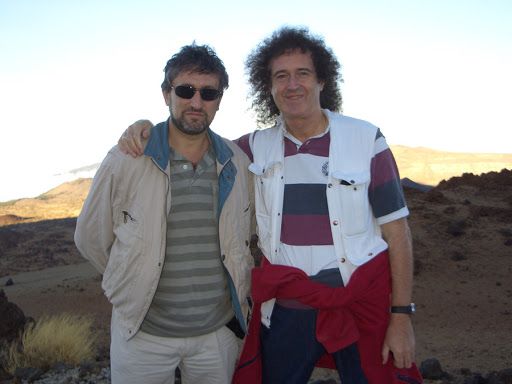




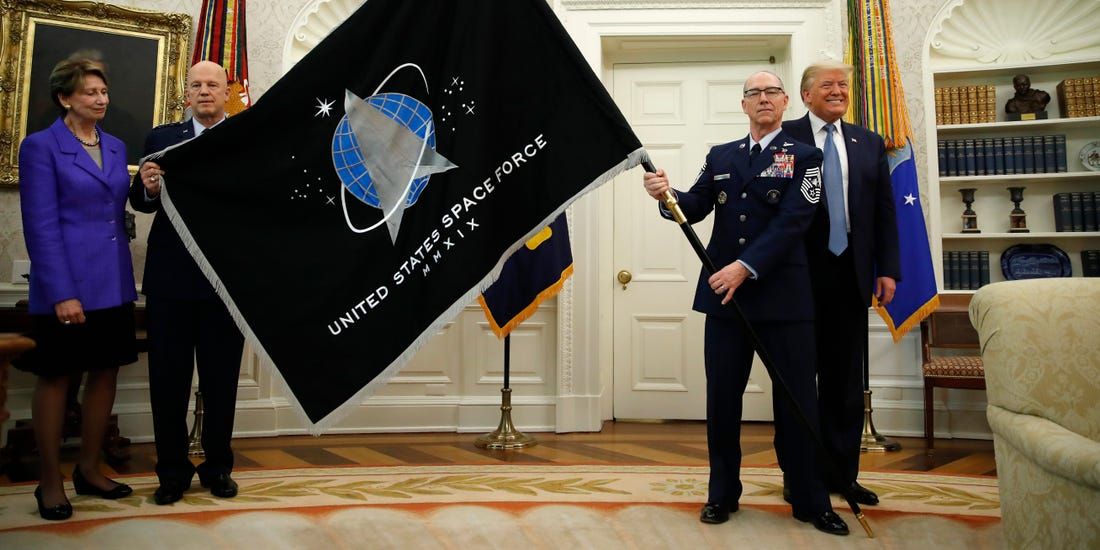



 blasting off into space with the NASA-SpaceX Crew Dragon launch on May 30, but they are not alone in the vast space. According to reports, a mighty mouse was seen on the Falcon 9 rocket and Dragon capsule’s fuselage. A video has surfaced on the internet and has everyone shocked.
blasting off into space with the NASA-SpaceX Crew Dragon launch on May 30, but they are not alone in the vast space. According to reports, a mighty mouse was seen on the Falcon 9 rocket and Dragon capsule’s fuselage. A video has surfaced on the internet and has everyone shocked.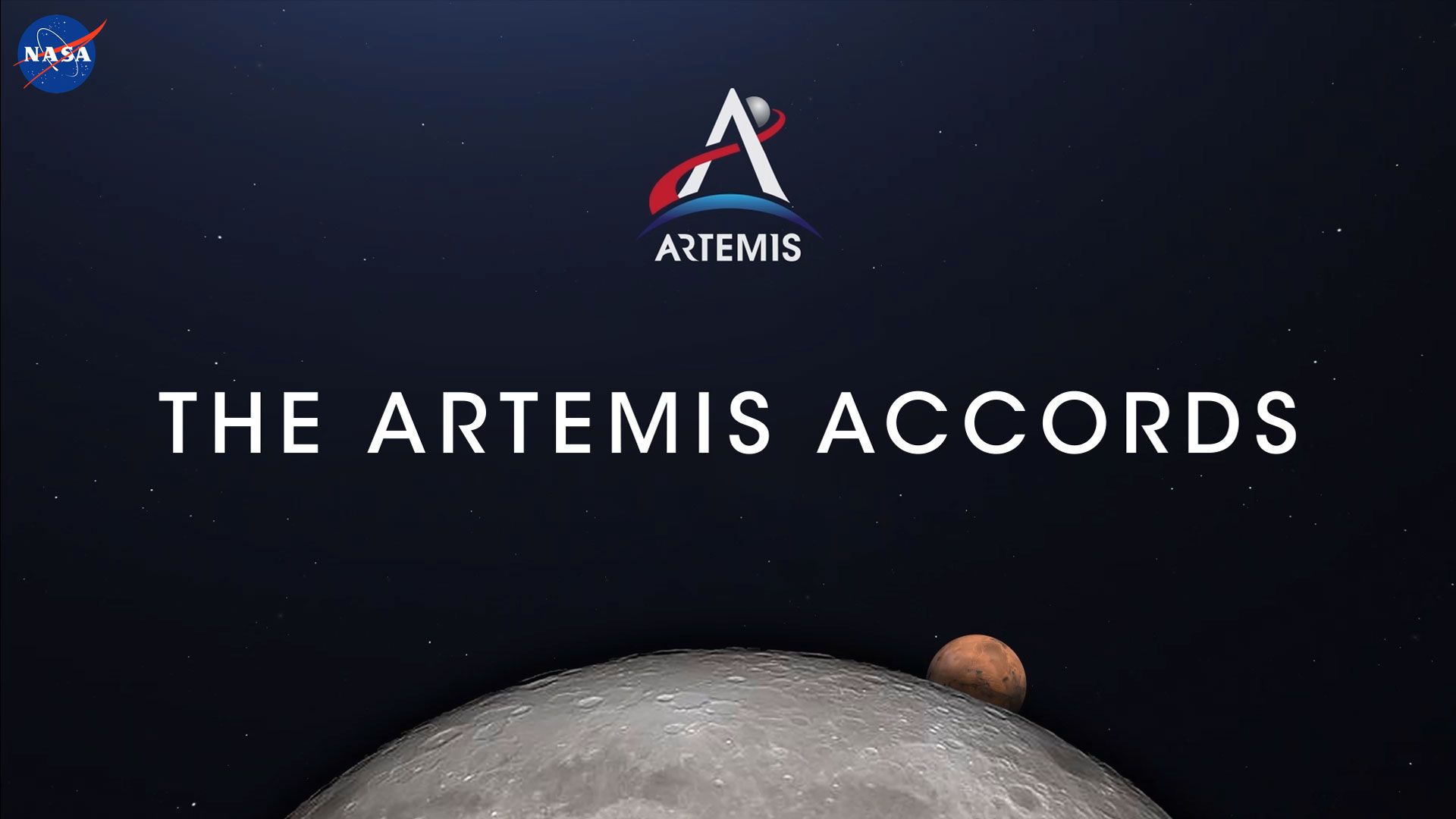
 The US Space Agency has always recognised that international cooperation will be vital if its Artemis programme is to succeed. Artemis is the ambitious project to land two astronauts near the lunar south pole in 2024, as a precursor to establishing a permanent human lunar settlement by 2028. On Friday, NASA officials revealed the core values underpinning its mission in a document called the Artemis Accords, which stress the peaceful nature of its exploration.
The US Space Agency has always recognised that international cooperation will be vital if its Artemis programme is to succeed. Artemis is the ambitious project to land two astronauts near the lunar south pole in 2024, as a precursor to establishing a permanent human lunar settlement by 2028. On Friday, NASA officials revealed the core values underpinning its mission in a document called the Artemis Accords, which stress the peaceful nature of its exploration.
